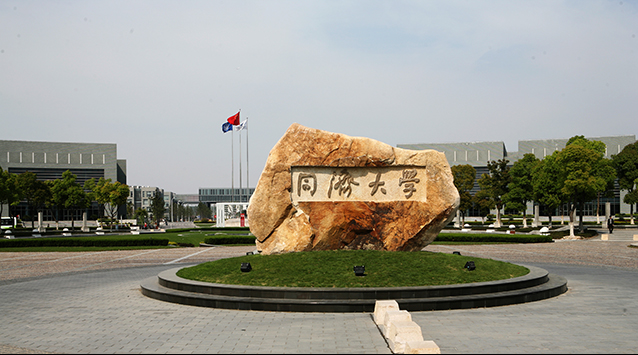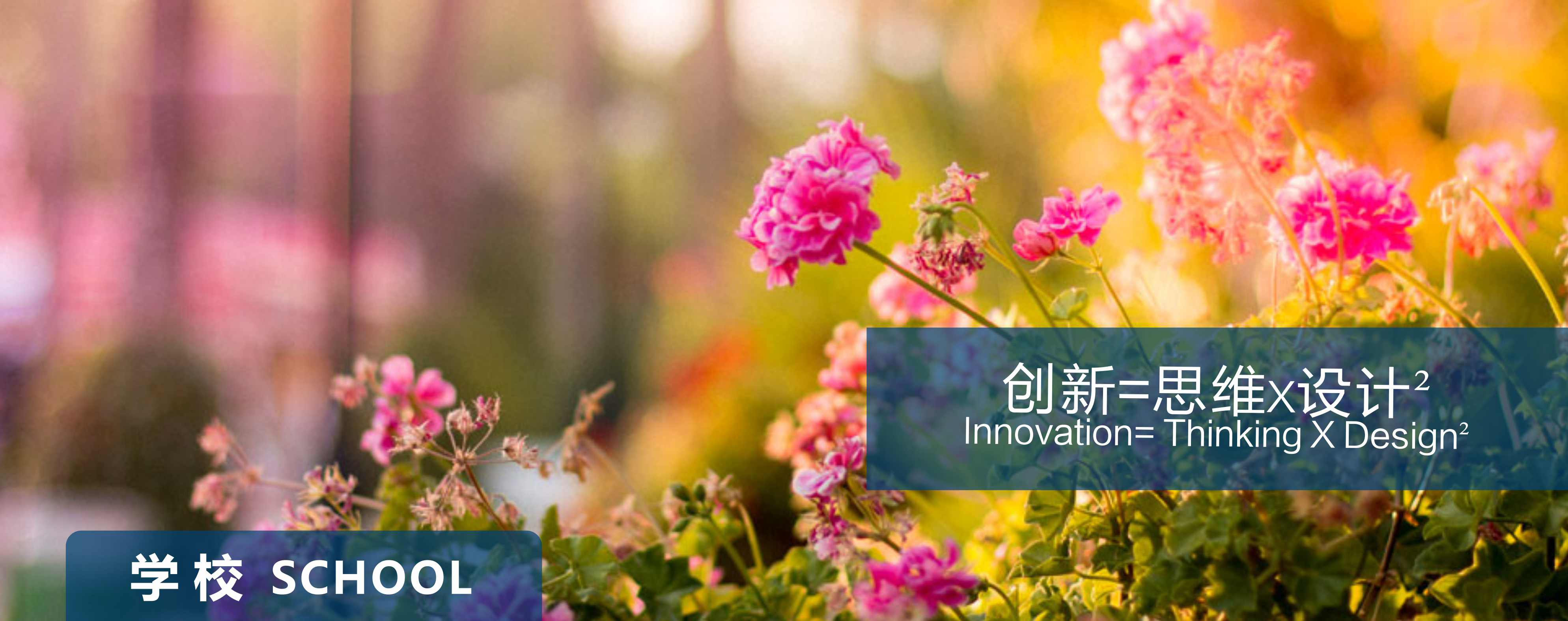
同济大学 官网链接:https://www.tongji.edu.cn/
同心同德同舟楫,济人济事济天下!
同济大学历史悠久、声誉卓著,是中国最早的国立大学之一,是教育部直属并与上海市共建的全国重点大学。经过115年的发展,同济大学已经成为一所特色鲜明、在海内外有较大影响力的综合性、研究型、国际化大学,综合实力位居国内高校前列。
学校始于1907年德国医生埃里希•宝隆在中德两国政府和社会各界支持下创办的同济德文医学堂。1912年与创办不久的同济德文工学堂合称同济德文医工学堂。1917年由华人接办,先后改称为同济医工学校和私立同济医工专门学校。1923年定名为同济大学,1927年成为国立大学。1937年抗日战争全面爆发后,同济大学经过六次搬迁,先后辗转沪、浙、赣、桂、滇等地,1940年迁至四川宜宾的李庄古镇坚持办学。1946年回迁上海以后,发展成为以理、工、医、文、法五大学院著称的综合性大学。
在始于1949年的全国院系调整中,同济大学原有的文、法、医、理、机械、电机、造船、测绘等优势学科或支援其它高校,或整体搬迁内地。同时,全国10多所大学的土木建筑相关学科汇聚同济,使之成为国内土木建筑领域规模最大、学科最全的工科大学。1978年以后,学校实行“两个转变”——恢复对德交流由封闭办学向对外开放办学转变,拓展学科范畴由土建为主的工科大学向理工为主的综合性大学转变。1996年,上海城市建设学院和上海建筑材料工业学院并入,列为国家“211工程”建设高校。2000年,与上海铁道大学合并,组建成新的同济大学。2002年,列为国家“985工程”建设高校。2003年,上海航空工业学校划归同济大学管理。2004年,列为中管高校。2017年,列为国家世界一流大学建设A类高校。
同济大学始终把培养拔尖创新人才作为崇高使命和责任,以本科教育为立校之本、以研究生教育为强校之路,以立德树人为根本任务,坚持全员、全过程、全方位育人,努力使每一位学生经过大学阶段的学习、熏陶以后,具有“通识基础、专业素质、创新思维、实践能力、全球视野、社会责任”综合特质,成为担当民族复兴大任、引领未来的社会栋梁与专业精英。创校至今,先后培养了38万余名毕业生,造就了一大批杰出的政治家、科学家、教育家、社会活动家、企业家、医学专家和工程技术专家。校友中当选中国科学院、中国工程院两院院士的有169人。
同济大学已建成世界规模最大的“多功能振动实验中心”、国内第一个“地面交通工具风洞中心”、国内第一个“城市轨道交通综合试验平台”、国内第一个“海底长期科学观测系统”以及教育部“自主智能无人系统前沿科学中心”“细胞干 性与命运编辑前沿科学中心”等一批重大科研平台。先后承担了一系列国家重大专项、重大工程科研攻关,取得了大跨度桥梁关键技术、结构抗震防灾技术、城市交通智能诱导、城市污水处理、新能源汽车研发、国产化智能温室、遥感空间信息、大洋钻探、心房颤动分子遗传学等标志性科研成果。
学校长期注重发挥优势学科和基础研究的溢出效应,不断拓展社会服务的形式和领域,积极为国家和地方社会建设发展作出贡献,为“一带一路”建设、国内桥梁与隧道、铁路与城市轨道交通、水环境治理、抗震救灾、洋山深水港、上海世博会、崇明生态岛、雄安新区、北京城市副中心等重大战略需求提供了强有力的科技支撑。学校与地方政府联合推动建设“环同济知识经济圈”,产值从初期2005年的不足30亿元发展到2021年的564亿元,开创了“三区融合、联动发展”校地合作的典范模式。
学校积极拓展国际合作,在对德为主的合作基础上,发展为以对欧洲合作为中心,拓展北美、辐射亚非的布局,先后建立了中德、中法、中意、中芬、中西、联合国等12个国际化合作平台学院,与200多所海外高校签订合作协议,与大众、西门子、拜耳和IBM等众多跨国企业共建了研究中心。学校先后发起成立了“中国绿色大学联盟”和“国际绿色校园联盟”并担任首届主席,当选联合国环境规划署全球环境与可持续发展大学合作联盟主席,是亚太地区第一所被授予“全球可持续校园杰出奖”的高校。
目前,同济大学设有29个专业学院,11家附属医院,13所附属中小学。有四平路、嘉定、沪西和沪北等4个主要校区,占地面积约2.56平方公里,校舍总建筑面积184余万平方米,图书馆总藏书量455万余册。
学校现有全日制本科生18514人,硕士研究生11319人,博士研究生7265人。另有国际学生2088人。拥有专任教师2792人,其中专业技术职务正高级1096人,中国科学院院士15人(含双聘),中国工程院院士25人(含双聘),第三世界科学院院士及美国、德国、瑞典等国科学院或工程院外籍院士27人次。国家级教学名师5人,教育部“长江学者奖励计划”特聘(特岗)教授44人,国家杰出青年科学基金获得者68人,国家重点基础研究发展计划首席科学家23人,国家重点研发计划首席科学家121人,“青年长江”“优秀青年科学基金获得者”等四类优秀青年人才221人。国家级教学团队7个,国家自然科学基金创新群体9个,教育部“创新团队发展计划”12个,科技部重点领域创新团队1个。
学校学科设置涵盖工学、理学、医学、管理学、经济学、哲学、文学、法学、教育学、艺术学等10个门类。现有本科招生专业82个,硕士学位一级学科授权点44个,专业硕士学位授权点27个,博士学位一级学科授权点33个,专业博士学位授权点9个,博士后流动站30个;6个基础学科拔尖学生培养基地。拥有3个国家重点实验室、1个国家工程实验室、1个国家重大科技基础设施、1个国家协同创新中心、1个国家大型科学仪器中心、5个国家工程(技术)研究中心、5个其他国家级研究平台以及97个省部级研究平台。入选科技部“国家创新人才培养示范基地”,获批2个全国科普教育基地。
“同济天下,崇尚科学,创新引领,追求卓越”。今天的同济大学正朝着“与祖国同行,以科教济世,建设成为中国特色世界一流大学”的目标奋力前行!
(除特别说明,相关统计数据截至2022年5月)
Tongji University, one of China’s earliest national key universities, is a prestigious institution of higher education that is directly under the Ministry of Education (MOE) and is supported by the Shanghai Municipality. Already in its second centenary, the University has grown into a comprehensive and research-intensive university with distinctive features and an international reputation. The University was among the 36 Class A universities in the list of Double First Class University Plan released by the central government of China in 2017. According to 2019 Global Universities Rankings by US News & World Report, Tongji University ranks 11th in the Country Rank of China and 35th in Best Global Universities in Asia.
The history of Tongji can be traced back to 1907, when the German Medical School was founded by Erich Paulun, a German doctor, and was then renamed as Tongji German Medical School in the following year. The School was expanded later to include engineering in its programs and got its new name of Tongji German Medical and Engineering School in 1912. In 1917, it was taken over by ethnic Chinese, and then successively given the name of Tongji Medical and Engineering School, and Private Tongji Medical and Engineering Specialist School. In 1923, it was formally established as Tongji University and was later renamed as National Tongji University in 1927. After the War of Resistance Against Japanese Aggression broke out in 1937, the University campus moved six times, first from Shanghai to Zhejiang Province, and then to Jiangxi, Guangxi, and Yunnan Provinces, and finally to LizhuangVillagein Yibin, Sichuan Province in 1940. It was eventually moved back to Shanghai in 1946. It then grew to be a comprehensive university that offered programs in science, engineering, medicine, arts, and law.
Following a nationwide campaign of reorganizing schools and departments among universities launched by the central government of the newly founded People’s Republic of China in 1949, the original predominant disciplines, including art, law, medicine, science, machinery, motor, shipbuilding, surveying, and mapping, were moved to support other universities or relocated entirely in the mainland. At the same time, the disciplines related to engineering converged at Tongji University from more than 10 universities, making it a university with the largest scale and the most complete disciplines in engineering, especially in civil engineering. Since 1978, “two transformations” were launched, namely, the transforming to an international university by restoring links to Germany, and the transforming from a university focusing mainly on civil engineering to a multi-disciplinary engineering university. In 1996, Tongjiwasmerged with the Shanghai Institute of Urban Construction and Shanghai Institute of Building Materials and was listed later in Project 211. In 2000, the expanded Tongji has merged again with Shanghai Tiedao University and developed into the new Tongji. Then, in 2002, it was listed in Project 985 and took over the administration of the Shanghai College of Aviation Industry in 2003.
The University has always placed nurturing talents of the highest quality as its fundamental responsibility. The three-dimensional KAP educational principles of “Knowledge, Ability, and Personality” are deeply rooted in the undergraduate education and reinforced at the graduate level of education, aiming to ensure that every student has “a solid foundation, practical ability, creativity, global vision, and a sense of social responsibility” in order to become “the top talent who will lead sustainable development and act as the backbone of society.” Among over 300,000 graduates of the University since its founding, many are extraordinary political leaders, scientists, educators, social activists, business leaders, medical specialists, and engineering experts. Over 150 alumni are members of the Chinese Academy of Sciences and the Chinese Academy of Engineering.
Aiming to grow with China and serve the world with science and technology, the University has long focused on unleashing the spillover effect of its flagship disciplines for the greater public good, and actively contributing to the economic and social development at the national and regional level. So far, the University has provided strong technical support to some significant national strategies, including but not restricted to the Belt and Road Initiative, the fields of bridges and tunnels, railway and urban traffic, urban sewage treatment, earthquake relief work, Yangshan Port, World Expo 2010 Shanghai, the Chongming Eco-island Plan. The economic development initiative around Tongji Campus launched jointly by the local government and Tongji proved a tremendous success, with the annual GDP reaching a record high of USD 600 million in 2018.
The University has always taken an active role in expanding international cooperation. With close historical ties with Germany, it partners mainly with European universities but is also actively expanding its influence to North America, Asia, and Africa. So far, it has established 11 international cooperation platforms in partnership with Germany, France, Italy, Finland, Spain, and United Nations agencies. The University has also signed a memorandum of understanding with over 200 international universities and co-founded research centers with Volkswagen, Siemens, Bayer, IBM, and many other multinational enterprises. The University initiated the “China Green University Network (CGUN)” and the “International Green Campus Alliance (IGCA)”, and acted as the first President. It was also elected as the League President of Global Universities Partnership on Environment for Sustainability (GUPES) under the United Nations Environment Programme and became the first Asian university to win the “Excellence in Campus Award” at the meeting organized by International Sustainable Campus Network.
Tongji University has established 29 schools/colleges, 8 affiliated hospitals, and 6 affiliated primary and secondary schools. Tongji’s four campuses of Siping, Jiading, Huxi, and Hubei cover a total area of 2.54 square kilometers (256 hectares), with a floor area of about 1.80 million square meters (roughly 193 million sq. ft). The University Library houses 4.45 million books in its collection.
Currently, there are 17,757 full-time registered Bachelor’s students, 12,852 registered Master’s students, 5,246 registered Doctoral students, and 3,468 international students. The University has 2,814 faculty members, among which are 1,028 professorsincluding10members of the Chinese Academy of Sciences, 13members of the Chinese Academy of Engineering, 2 fellows of the World Academy of Sciences, 1 international fellow of the American Academy of Engineering, 1 international fellow of the German Academy of Engineering, 1 international fellow of the Belgian Royal Flemish Academy of Sciences and Arts, and 1 international fellow of the Swedish Royal Academy of Engineering Sciences. In addition, the University has 4 national-level Master Teachers of Excellence, 23 chief scientists in the National Basic Research Program of China, 48 chief scientists in the National Major Research Program of China, 52 professors in the National Outstanding Young Scholars Program, and 131 professors among the four types of outstanding young talents program, including Outstanding Youth Science Foundation. The University has also established 6 national-level teaching teams, 8 innovation communities supported by Natural Science Foundation of China, 9 innovation communities directly under the MOE, 1 innovation team in selected areas of priority under the Ministry of Science and Technology, and was selected to participate in the National Innovative Talent Training Demonstration Project.
The University has 10 academic disciplines of engineering, science, medicine, management, economics, philosophy, humanities, law, education, and arts. There are 85 undergraduate majors, 47 first-level academic Master’s degree-awarding points, 18 professional Master’s degree-awarding points 32 first-level academic Doctoral degree-awarding points, 3 professional doctoral degrees awarding points, and 25 postdoctoral research stations. Tongji University is also equipped with 3 national key laboratories, 1 national engineering laboratory, 1 national collaborative innovation center, 1 national large-scale instrument center, 5 national research centers of engineering (technology), and 53 ministerial and provincial research platforms.
Tongji University has established the world’s largest “Multi-Functional Shaking Table Center,” the nation’s first “Automotive Wind Tunnel Center,” the “Comprehensive Test Platform for Urban Rail Transit,” the nation’s first “National Long-term Seabed Observatory System,” and other platforms for major scientific study. Tongji also conducted cutting-edge scientific research in the fields of long-span bridge construction, seismic design, intelligent urban traffic, urban sewage treatment, new energy car research and development, domestic intellectual greenhouse, remote sensing information, ocean drilling, and atrial fibrillation research.
Over the years, the people of Tongjihaveadhered to its aspirations of “serving the people and the world with one heart, on the same boat, and with the responsibility of rejuvenating the Chinese nation.” With full enthusiasm, Tongji University will continue to develop and work together to create a world-class university.


